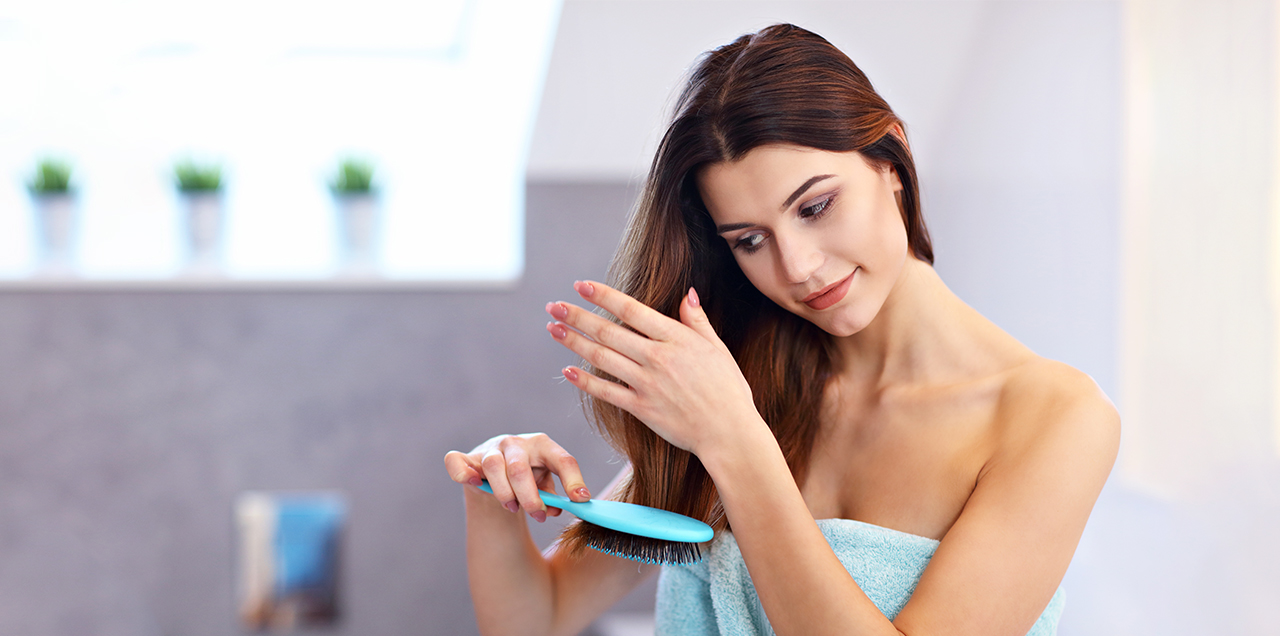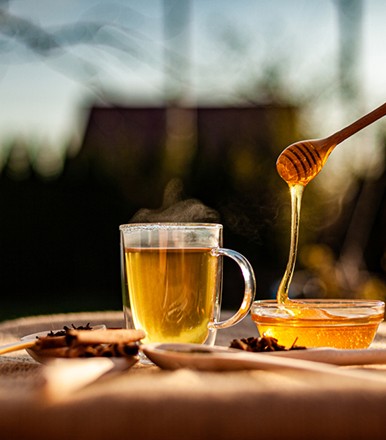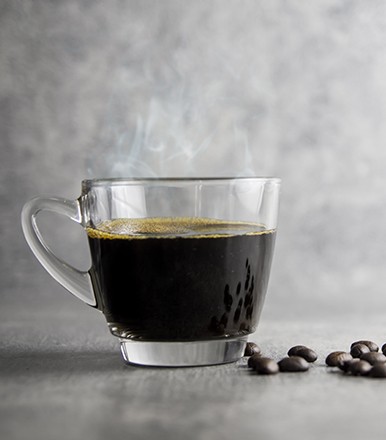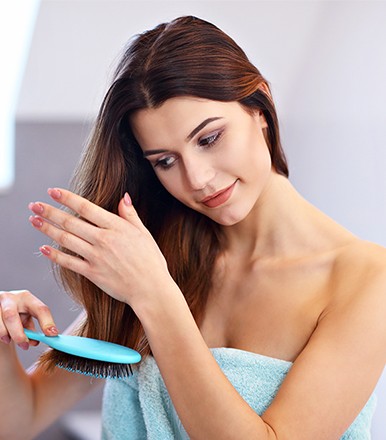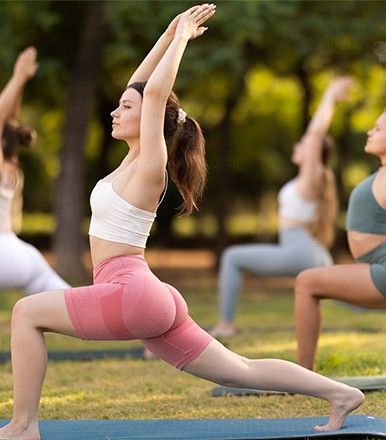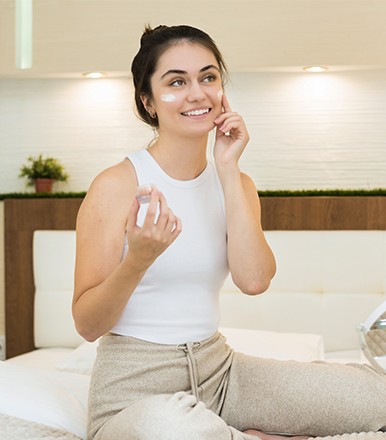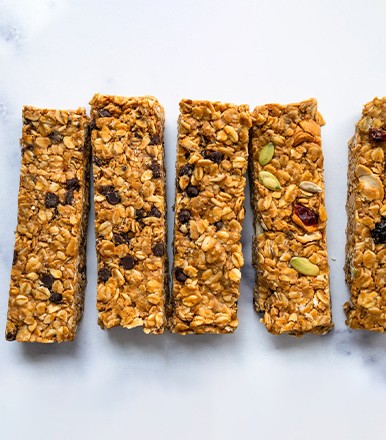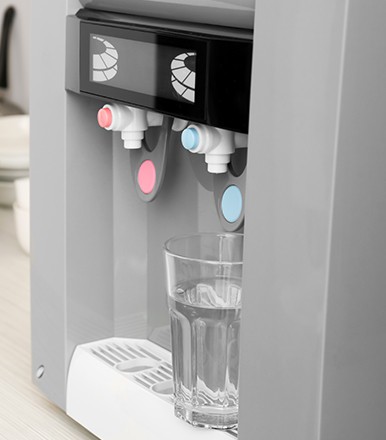Many people invest significantly in multi-step skincare routines but treat hair care as an afterthought. This imbalance overlooks the fact that hair health directly impacts appearance, confidence, and even how others perceive us. Understanding the parallels between skin and hair can transform both your approach and your results.
The Scalp Is Skin Too
Your scalp needs the same attention as facial skin:
The scalp contains more oil glands than facial skin (450 vs 80 per square centimeter)
These glands can become clogged just like facial pores
Problems like inflammation, flaking, and irritation affect both areas
What happens on your scalp directly influences hair quality:
Inflammation at the follicle level weakens new hair growth
Product buildup and dead skin cells can restrict follicle function
Most hair problems originate at the scalp, not the ends
pH balance matters significantly:
Healthy scalp maintains a pH between 4.5-5.5, just like facial skin
Many commercial shampoos disrupt this balance
When scalp pH rises, the hair cuticle lifts, causing frizz and dryness
A simple test: gently scratch your scalp with your fingernail. If you see white residue under your nail, you likely have buildup that needs addressing through proper cleansing and exfoliation—exactly what you'd do for clogged facial pores.
Environmental Damage Affects Hair as Much as Skin
Sun exposure damages hair structure:
UV rays break down keratin proteins in hair
This degradation appears as color fading and brittleness
Unlike skin, hair cannot repair itself once damaged
Pollution creates ongoing challenges:
Airborne particles adhere to hair, attracting more contaminants
These particles can penetrate the cuticle over time
City dwellers typically experience more hair damage than rural residents
Indoor threats continue the assault:
Chlorine from swimming pools bonds to hair proteins
Hard water minerals build up, causing dullness
Heating and air conditioning remove moisture from the air and hair
Just as we apply sunscreen to protect skin, hair requires protective products to create barriers against these environmental aggressors. Leave-in conditioners with UV filters and anti-pollution ingredients serve the same protective function as facial sunscreen and antioxidant serums.
Daily Habits That Neglect Hair
Wet hair requires special care:
Hair swells up to 30% when wet, stretching the structure
Brushing wet hair can permanently damage elasticity
Heat styling on damp hair boils water inside the shaft, creating bubbles that weaken strands
Heat damage accumulates over time:
Flat irons and curling wands often reach temperatures that melt keratin
Repeated heat use without protection causes structural breakdown
Damage from heat styling is cumulative and largely irreversible
Common mistakes with major consequences:
Tight hairstyles pull on follicles, potentially causing traction alopecia
Rough towel-drying creates friction that breaks hair at weak points
Over-washing strips protective oils that hair needs for protection
Small changes make big differences: switching to a microfiber towel, always using heat protectant, and loosening hairstyles can dramatically reduce daily damage. These simple adjustments parallel how we've learned to stop scrubbing our faces and to apply moisturizer before makeup.
The Role of Hydration and Nutrition
Hair growth reflects internal health:
New hair growth shows the nutritional status from 3-6 months prior
Inadequate protein intake results in weaker, thinner strands
Vitamin deficiencies appear as dullness and increased shedding
Essential nutrients for hair health:
Protein provides building blocks for keratin structure
Iron delivers oxygen to hair follicles for proper function
Biotin supports keratin infrastructure within the hair shaft
Vitamin C assists with collagen production around follicles
Water intake influences hair condition:
Dehydration affects hair elasticity and shine
Proper hydration helps transport nutrients to the follicle
Even mild dehydration can make hair more prone to breakage
Supporting hair from within requires the same nutritional focus we give to skin health. Many health drinks for hair growth include ingredients like collagen, biotin, and antioxidants—similar to beauty supplements marketed for skin.
Hair Care = Self-Care
The psychological impact cannot be overstated:
Studies show direct correlation between hair satisfaction and self-confidence
Hair concerns cause social anxiety in approximately 40% of women
Improvements in hair appearance create measurable mood elevation
Taking time for hair care offers mental benefits:
Scalp massage increases circulation and releases tension
Mindful application of products creates moments of self-care
Establishing routines provides structure and accomplishment
The sensory experience matters:
Fragrance in hair products can elevate mood throughout the day
The tactile experience of healthy hair provides ongoing satisfaction
Compliments on hair improvement boost self-esteem
This self-care aspect of hair maintenance parallels the ritual nature of skincare routines that many find calming and centering. Both serve not just aesthetic purposes but psychological ones as well.
Similar Product Rituals: Step-by-Step Comparison
Basic daily routine comparison:
Facial Care:
Cleanse to remove debris and excess oil
Tone to balance pH levels
Target specific concerns with treatments
Moisturize to maintain hydration
Protect from environmental damage
Hair Care:
Use hair cleanser (shampoo) to remove buildup
Restore pH with conditioner
Address specific issues with leave-in treatments
Seal moisture with appropriate styling products
Shield from heat and environment with protectants
Weekly intensive care parallel:
For Skin:
Exfoliate to remove dead skin cells
Apply mask treatments for deeper concerns
Provide extra hydration as needed
For Hair:
Use scalp scrubs to clear follicles
Apply hair masks for deeper repair
Conduct oil treatments for extra nourishment
This structured approach to hair care mirrors effective skincare habits. Both require understanding your specific type and concerns, applying appropriate products in the correct order, and maintaining consistency for best results.
Creating Your Perfect Hair Health Routine
Start with proper assessment:
Identify your hair type (fine, medium, coarse)
Determine your scalp condition (dry, oily, combination)
Recognize specific concerns (breakage, thinning, frizz)
Select appropriate products:
Gentle shampoo that cleanses without stripping
Conditioner matched to your hair's moisture needs
Treatment products targeting your specific concerns
Protective styling products that shield without weighing hair down
Establish consistent habits:
Wash frequency appropriate for your hair type and lifestyle
Weekly treatments for deeper care and maintenance
Seasonal adjustments as humidity and temperature change
Protective measures for environmental challenges
Just as skincare routines evolve with skin changes, hair care should adapt to factors like seasonal shifts, hormonal fluctuations, and aging. This responsive approach ensures continued hair health through life's changes.
The Investment Makes Sense
Quality hair products deliver better results:
Higher-grade ingredients penetrate more effectively
Concentrated formulas often require less product per use
Professional lines typically address concerns more precisely
Long-term benefits justify the expense:
Preventing damage costs less than attempting to repair it
Healthy hair requires less styling effort and product
Well-maintained hair needs fewer corrective treatments
The cumulative effect is significant:
Daily protection leads to visibly improved hair over months
Consistent care creates stronger new growth from the root
Healthy hair practices compound in their benefits over time
When we consider that hair frames the face and influences overall appearance, investing similar resources to skincare makes practical sense. Both contribute equally to how we look and feel.
Conclusion
Hair care deserves the same thoughtful approach we give to skincare. Both stem from the same body, face similar challenges, and reflect our overall health and self-care habits. By understanding that the scalp is skin too, recognizing environmental threats, correcting damaging daily habits, supporting growth through nutrition, embracing the self-care aspect, and establishing consistent routines, we can achieve perfect hair health alongside skin health.
Check out Hello Fitness Magazine. There is never a wrong time to go on a fitness quest. Contact us and allow us to assist you in leading a better lifestyle. Follow us on Instagram. We share the best Health & Fitness related Articles for information based on healthy eating, health and fitness recommendations, health problems and their solutions, human body fitness, and much more.




